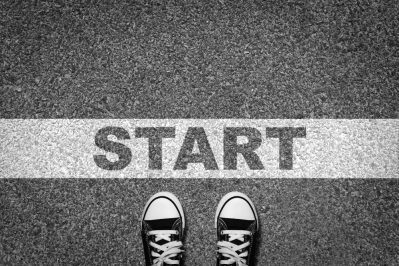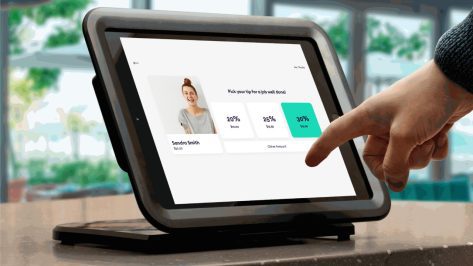A month before COVID-19 shut down the world, I wrote a popular, surprisingly controversial Friday Forward called Tipping Point about restauranteur Danny Meyer’s new experiment with tip-free restaurants in New York City. The topic clearly struck a nerve as I received quite a few replies from people who were frustrated by the American culture of tipping, and others who made a living on tips.
The data behind tipping isn’t very positive, despite the practice being well-intentioned. Tipping in the United States actually began during slavery, and for years served as a way to accrue tax-free income. Numerous studies have found that even today, tips are not distributed equally. People’s conscious and unconscious biases often prompt them to tip different genders and ethnic groups differently. Tipping has also been demonstrated to put pressure on women in hospitality to tolerate unwanted or inappropriate behavior from male customers.
Tipping also changed dramatically after the pandemic. When COVID-19 shut down dine-in restaurants, customers tipped extremely generously for takeout, something that was not a common practice previously. Even once normal restaurant service resumed, the expectation of tipping outside of a full-service dining experience has remained an entrenched norm.
This increased tipping prevalence has been exacerbated by technology, as many food service businesses installed newer Point of Sale (POS) systems that automatically prompt customers for tips. Many of these systems are used outside of a traditional dining experience such as in quick serve or takeaway restaurants or cafes, yet they consistently prompt customers for 15 to 35 percent tips ranges that were previously only expected in dine-in restaurants with 20 percent being the usual upper range.
At this point, we have probably all experienced the awkward moment where a POS tablet is turned to us to select our gratuity as the person at the cash register watches us choose. That’s probably why customer frustration with tipping has been growing for months now, with many customers feeling guilt-tripped or “emotionally blackmailed” by the experience.
The media has also picked up on the recent rise in the number of self-service kiosks now prompting for tips. These examples beg the question: where does the tip even go in a transaction where no human is involved?
Count me among the growing crowd who believe that tipping has gone far beyond its original purpose and is now completely arbitrary. We now tip because of transaction technology, not because of social norms or fair compensation. Do you want to be expected to tip at your local drugstore, supermarket, doctor’s office, retail stores, airport check-in, on airplanes, and for every customer support call? Why are those interactions less worthy of a gratuity? Where is the line?
Last year I interviewed Jesse Cole, founder of the Savannah Bananas on my Elevate Podcast, in what became the most popular episode of the year. Jesse shared how he turned a minor league baseball team no one had heard of into a global phenomenon.
The main way Cole grew the Bananas into a beloved team was by focusing all of his attention, and all his team’s efforts, on creating a positive fan experience. The Bananas introduced innovative practices such as including all-you-can-eat food and drinks in ticket prices, forgoing in-park advertising and even shortening the games his team plays. The focus is always on what makes a great customer experience.
In contrast to this, the excessive use of tipping is creating a negative customer experience. Tip fatigue is growing quickly; a recent study showed that two-thirds of Americans now have a negative opinion on tipping. Instead of an expression of gratitude, gratuities now often create resentment.
No business wants customers leaving transactions with a bad taste in their mouths—and hardworking service industry employees shouldn’t want tipping to become a despised practice either. It’s only a matter a time before some smart businesses realize that this current style of tipping is at a breaking point and decide to proactively make a change.
Businesses shouldn’t expect their customers to be required to tip for a quality experience and engaged employees—instead, they should look at their own business models and consider changing their default tip prompts, adjusting pricing, or introducing a fixed service charge. Some businesses might also examine why their employees need to live off tips in the first place.
The best businesses focus intently on making their customers happy. The next time you feel discomfort or frustration as you are prompted for a 30 percent tip on a takeout order, it’s worth asking yourself: is your business creating this type of experience for any of your customers? If so, how could you make it better?
Leadership is about doing something because it is the right thing to do, not just because it’s easy or because you can.
Quote of The Week
“Customers may forget what you said but they’ll never forget how you made them feel.”
–Author Unknown









